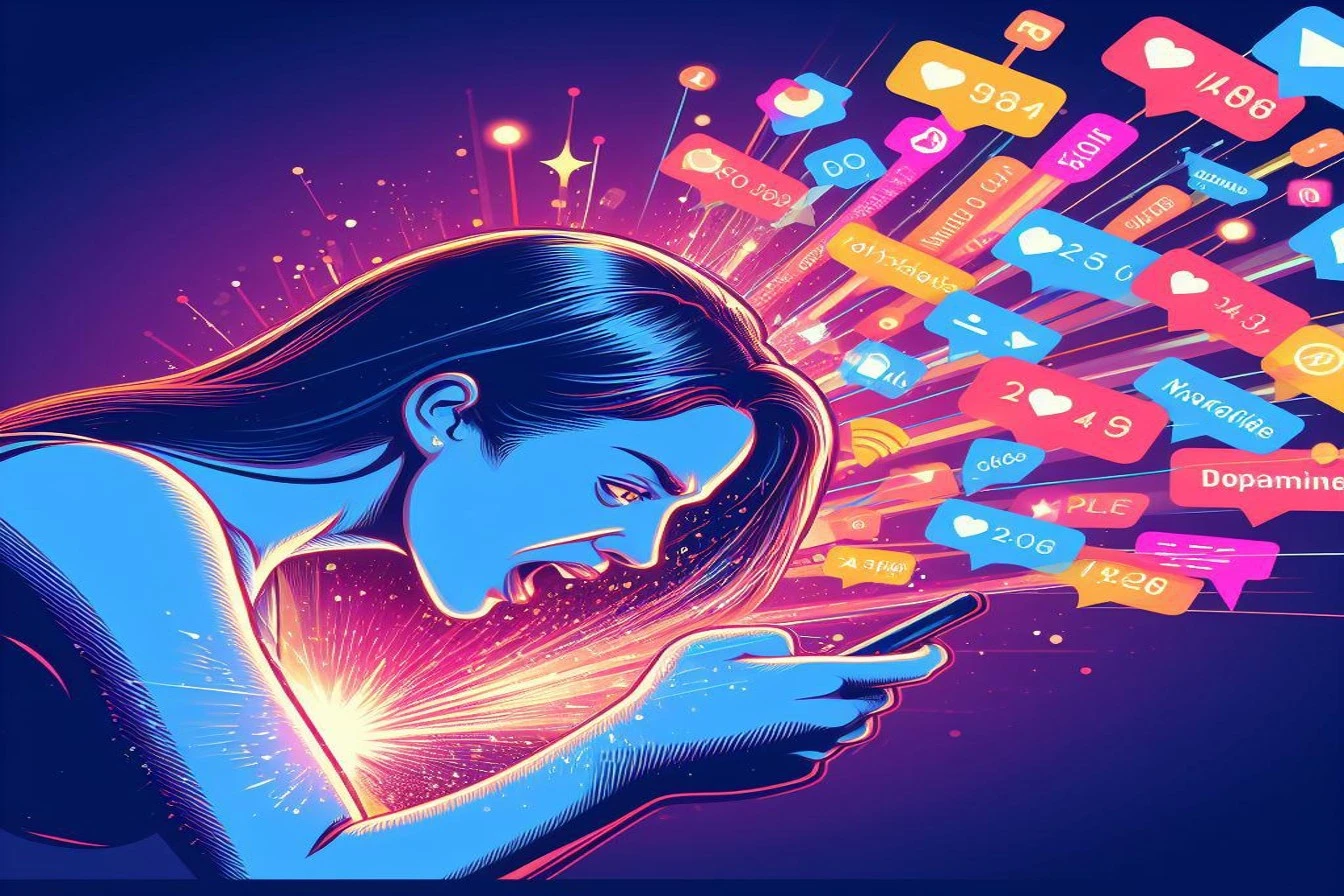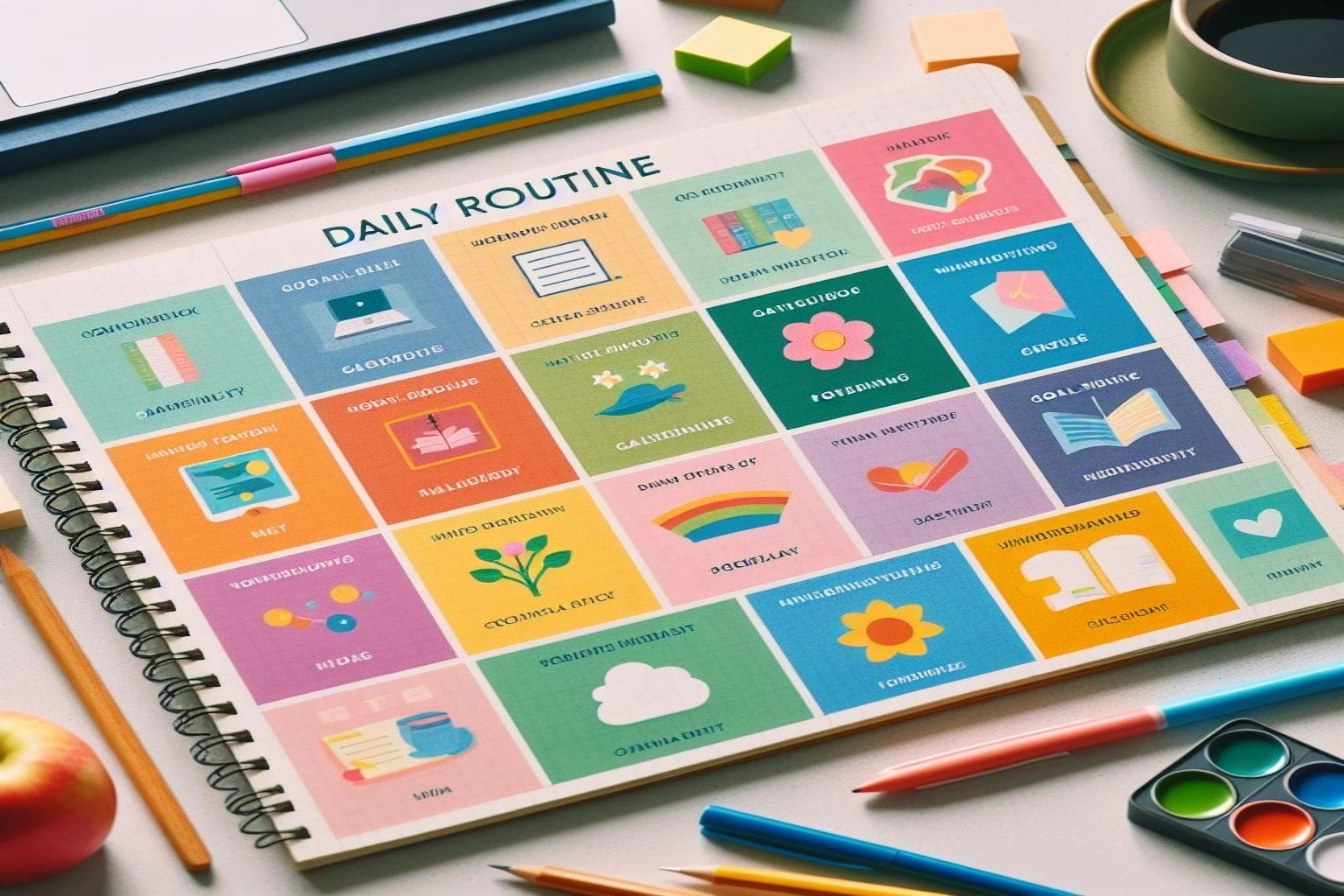
Smartphones have become an integral part of daily life. But our increasing dependence on these devices has created an addiction crisis with serious consequences for mental health. As we emerge from the COVID-19 pandemic, our next great public health challenge is apparent – confronting global smartphone addiction.
The Addictive Smartphone
On the surface, smartphones provide useful functionality – internet access, apps, cameras, music, and more. But these devices are engineered to be addictive. App developers have found ways to hack our brains’ reward and addiction pathways using computer code.
When we receive notifications, our phones vibrate or make sounds. This stimulates dopamine production, a neurotransmitter linked to pleasure and motivation. With each ping or ding, we get a small rush of dopamine. This reinforces our desire to continue checking notifications.
Smartphones also provide unlimited access to multiple addictive elements consolidated into a single device. In the past, addictions involved procuring substances, going to a location, or interacting with another person. Now video games, gambling, pornography, and social media are available instantly at our fingertips.
By combining these addictive activities into a pocket-sized computer we carry everywhere, technology companies have created the perfect delivery mechanism to hook our brains. The result is an addiction ticking time bomb with unlimited enticing content.
Signs of Smartphone Addiction
Let’s go through the classic warning signs of addiction and compare them to typical smartphone use:
– Impaired control – Unable to cut back on use despite wanting to
– Withdrawal – Feeling agitated when separated from your phone
– Tolerance – Screen time and app use increases over time
– Neglecting activities – Choosing smartphone use over hobbies
– Continued use despite consequences – Use affects relationships and productivity
– Deception – Lying about how much you use your phone
Do any of these sound familiar? If so, you may be struggling with smartphone addiction. Other symptoms include constantly checking your phone and losing track of time online.
Widespread Issue Impacting Mental Health
Excessive smartphone use is not a benign issue. Research reveals clear links between technology overuse and mental health problems:
– Depression and anxiety – Multiple studies connect heavy social media use to increased depression and anxiety, especially in teens. Comparing lives negatively leads to feelings of inadequacy.
– ADHD – Frequent smartphone use and multitasking are associated with poor attention spans. Constant notifications make focusing difficult.
– Sleep issues – Using phones before bed disrupts sleep from screen light effects. This impairs mood, learning, and health.
– Suicidal thoughts – Cyberbullying and online harassment have been shown to worsen suicidal ideation, primarily among youth.
– Loneliness – Overreliance on smartphones for connection paradoxically increases social isolation. In-person relationship skills decline.
– Reduced life satisfaction – Excessive use leaves less time for real-world experiences and relationships that create meaning.
In addition, digital dependence has societal impacts like shortened attention spans, decreased creativity, and reduced productivity. Human connection and emotional intelligence suffers.
Child development is being hindered as screen time replaces parent-child interaction during critical learning years. The intimacy of face-to-face connections is fading among a generation raised on smartphones.
Widespread Issue – Usage Statistics
How pervasive is smartphone addiction? Consider these statistics:
- 97% of Americans own a smartphone.
- People check phones 96 times a day on average.
- 50% of teens feel addicted to phones, up 27% from a decade ago.
- 95% of teens have access to a smartphone.
- Pre-pandemic, teens spent over 7 hours daily on screens.
- 78% of teens check notifications immediately upon waking up.
- 4 out of 5 teens sleep with phones under pillows overnight.
Problematic usage spans age groups but disproportionately affects youth. Easy access during formative developmental years makes addiction more likely.
A key difference between smartphones and past addictions like smoking is rapid widespread adoption. It took cigarettes over 100 years to reach peak use. Smartphones accomplished this in under 15 years.
Cultural acceptance condones smartphone overuse rather than cautioning against it. But addiction remains addiction regardless of social norms. We must acknowledge technology’s unintended consequences despite its conveniences.
Why So Addictive?
What makes smartphones so habit-forming compared to legacy technologies?
- Accessibility – Always within reach in our pockets, making restraint difficult
- Affordability – Free apps with cheap data plans means no economic barriers
- Anonymity – Online disinhibition effect leads to risky overuse
- Acceptability – Social normalization of constant connectivity
- Disinhibition – Less restraint using technology versus in-person
- Immediacy – Instant access to notifications and content
- Isolation – Reduced real-world interaction increases escapism into phones
- Variability – Frequent new apps and content keep the brain hooked
In sum, smartphones provide endless stimulus and entertainment without boundaries. This creates the perfect storm for addiction.
Addiction Without Diagnosis
Despite clear evidence of harm, no consensus diagnostic criteria exists for smartphone addiction. Official classifications like the Diagnostic and Statistical Manual (DSM-5) and International Classification of Diseases (ICD-10 and 11) do not recognize it as a disorder.
There is no billing code for doctors to use when treating smartphone addiction. This means insurers won’t cover therapy costs. With no ability to charge for services, most providers do not screen for problematic technology use. This prevents tracking prevalence and seeking solutions on a medical level.
We urgently need our healthcare system to acknowledge this issue through official diagnosis codes and treatment guidelines. Admitting the severity of the smartphone addiction problem is the first step toward reversing course.
Individual Strategies to Overcome Addiction
Until large-scale systemic solutions are implemented, individuals must take responsibility to break smartphone addiction. Here are steps you can take:
Monitor your usage – Download a screen time tracking app. Know how much you use your phone and which apps dominate your time.
Remove alerts – Disable all non-essential notifications. Schedule do not disturb hours for uninterrupted focus.
Avoid sleeping near your phone – Don’t keep your phone in the bedroom. The screen stimulation and notifications impair sleep quality.
Delete distracting apps – Remove or restrict access to your most addictive apps like social media and games.
Designate tech-free zones – Keep areas like the bedroom or dining table device-free.
Schedule no-phone blocks – Set 2-hour or half-day periods for complete digital detoxing.
Replace phone use – Substitute browsing and messaging with more meaningful hobbies.
Socialize offline – Plan in-person activities to reduce isolation and escapism into your device.
Making small changes to when, where and how you use your smartphone can dramatically curb addictive behaviors. Be mindful and intentional regarding your technology use.
Actions Needed to Combat Smartphone Addiction
Combating the smartphone addiction crisis requires a coordinated public health response:
– Public education campaigns – Teach people how tech companies manipulate brain chemistry to encourage overuse. Guide healthy limits for use.
– Healthcare provider training – Equip pediatricians, therapists and doctors to assess problematic smartphone use and counsel patients.
– School tech literacy programs – Teach kids and teens responsible use habits before addiction forms. Limit classroom technology.
– Government action – Pass laws to pressure tech companies to reduce addictive design. Enforce bans for youth.
– Corporate responsibility – Technology firms must share data to aid research on tech addiction. Engineers should develop ethical design standards.
– More research – Scientists need funding to study long-term consequences of excessive technology use, especially on developing brains.
With cooperation from tech companies, coordinated efforts can make device use more conscious. But achieving balance requires individuals to self-reflect on their own smartphone dependency.
Time to Rethink Our Relationship with Technology
Smartphones provide many benefits. But over-reliance creates individual distress and societal harm. We must acknowledge technology’s unintended consequences despite its advantages.
Rethinking our smartphone use habits is crucial for mental health. Our brains are not evolved to process endless digital stimulus and metrics-driven social comparison. We need time for deep thought, real-world experiences, and genuine human connection.
Reassessing our relationship with technology means using smartphones more intentionally. Let’s build awareness around digital wellness. Model healthy device habits for the youngest generation. Advocate for changes that make tech less invasive and addictive.
With compassion for ourselves and each other, we can confront this addiction crisis. Our mental health and humanity depend on finding balance with technology. Prioritizing life offline will lead to genuine connection, improved sleep and mood, revived attention spans, and more meaningful time together.







